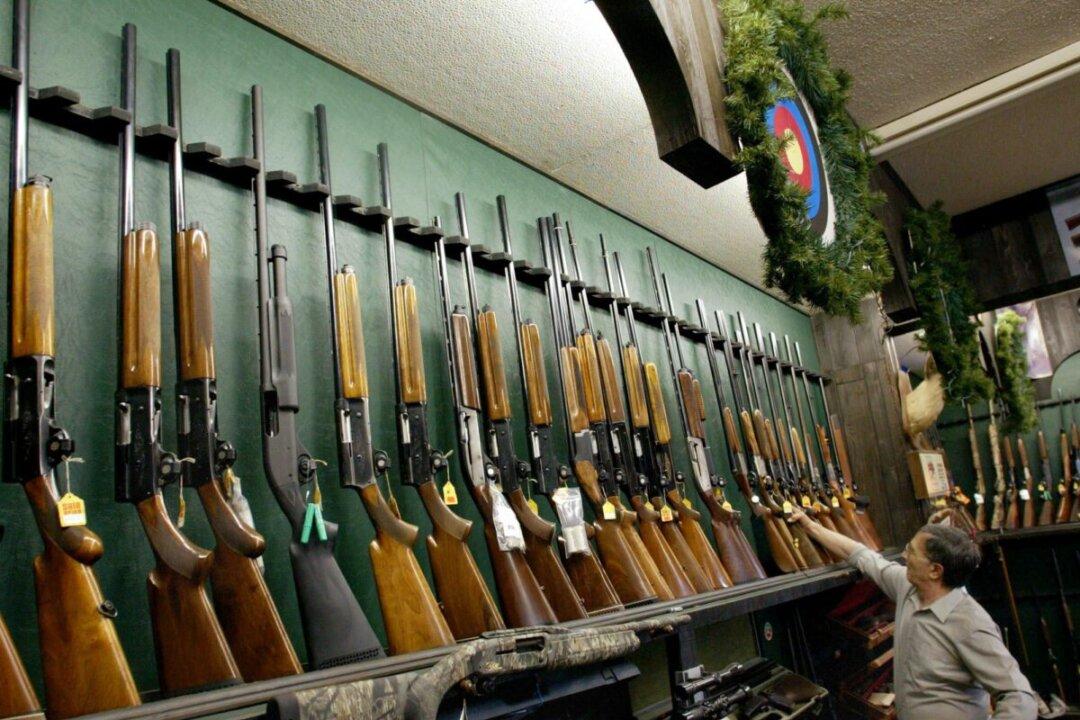Analysis
The Firearms Act 1973 has long been regarded as a cornerstone of firearms legislation, aimed at ensuring public safety and regulating the possession and use of firearms.

The Firearms Act 1973 has long been regarded as a cornerstone of firearms legislation, aimed at ensuring public safety and regulating the possession and use of firearms.